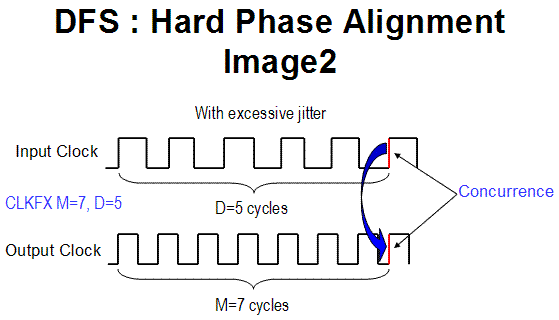

From time to time, a molecule in the atmosphere will be traveling fast enough to plow its way through the tightly guarded walls of the liquid only to find itself trapped within. But rather unlike a a prison, the reverse process is also possible. As long as a liquid has some surface area exposed to the atmosphere, here and there a molecule within the liquid near the surface will be moving fast enough to escape the liquid prison and enjoy the freedom of a vapor molecule in the surrounding atmosphere.

(Solids are like a maximum security prison in permanent lock down, but that's another matter.) The molecules within have limited freedom and can only leave infrequently or with great effort. To a certain extent, liquids are like a minimum security prison. (Of course, the reverse is also true, which is why I offer you the option to read on or jump ahead.) Knowing why some phenomenon occurs is often more important than knowing that it occurs. If you want to understand what I'm talking about then keep reading. If this is enough info for you, stop reading and jump to the next section. That's the essence of the upcoming discussion. This phase change is called sublimation (the reverse process is called deposition or desublimation) and the temperature at which it occurs is called the sublimation point (or sublimation temperature). Below this pressure, the only possible phase transition is from solid to gas (and vice versa). At a certain special pressure the boiling and melting points will equal, and the substance can no longer exist as a liquid. Increased pressure increases the range of temperatures over which a substance can exist as a liquid. The phenomena of mountain structure demonstrate that under sufficient strains great bodies of rock both bend and flow. When great masses and great forces are involved, as for example in the making of continents and mountain chains, the distinction loses value. The apparent contrast between the two properties belongs to the laboratory and to those phenomena of nature involving small masses and small forces. Rigidity and plasticity are not absolute terms but relative, and all solids are in fact both rigid and plastic. To my mind it appears that the difficulty is only imaginary and not real. Interestingly enough, when van Helmont wanted to refer to steam-state of materials he was studying used the term chaos but in the particular Flemish accent, converting it to gas, by which the state is known to us today." "Chaos (χαος) was used to define the most disperse and fluid state of matter, that in which no particular order could be observed. This section has become a disaster of epic proportions.


 0 kommentar(er)
0 kommentar(er)
